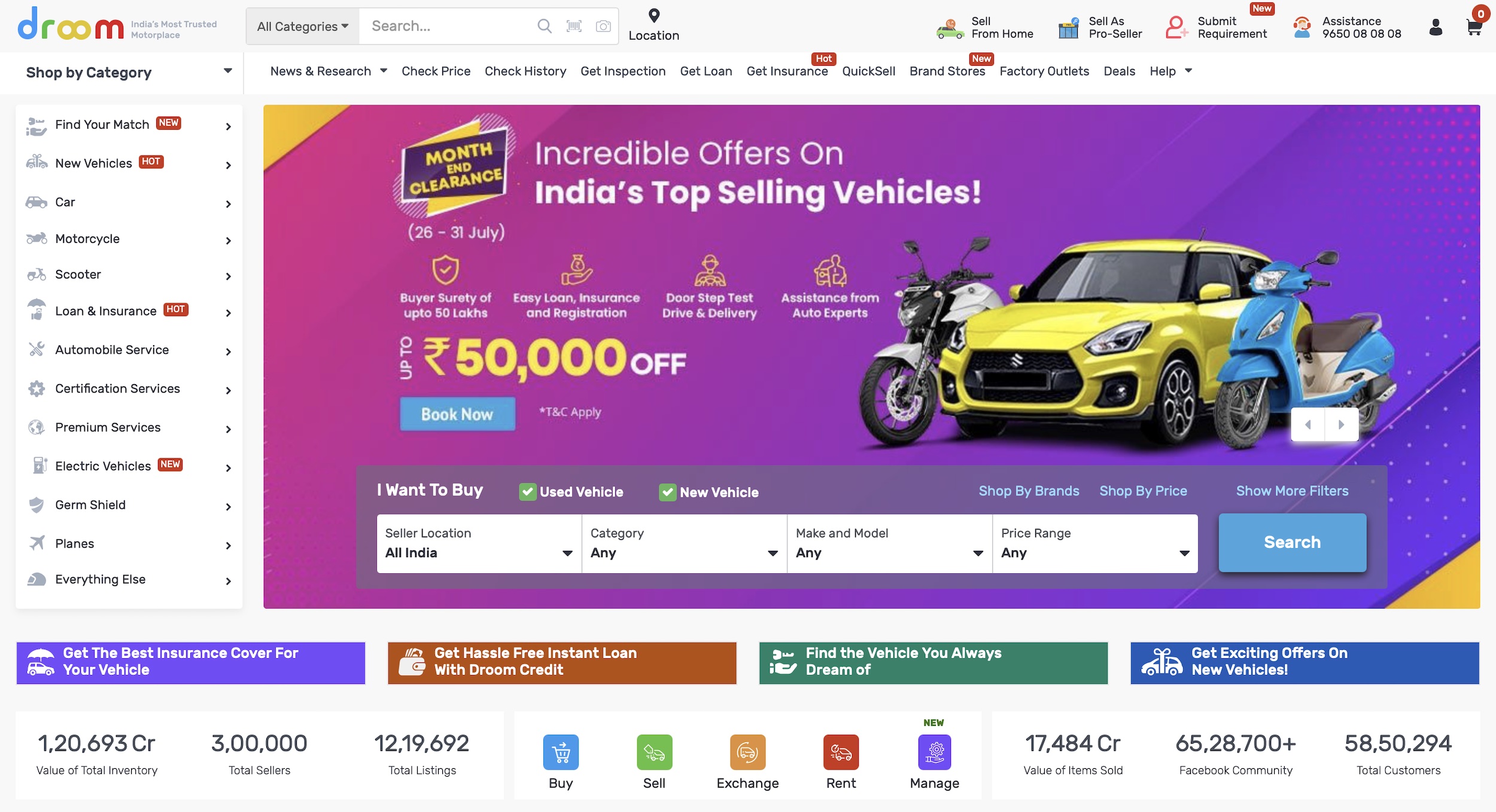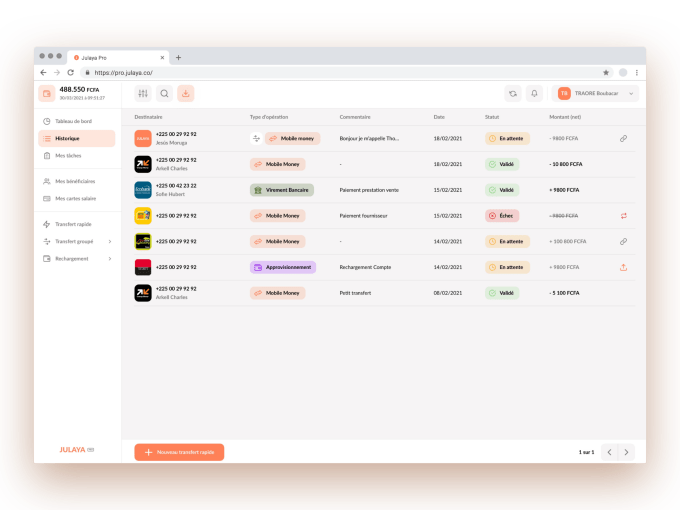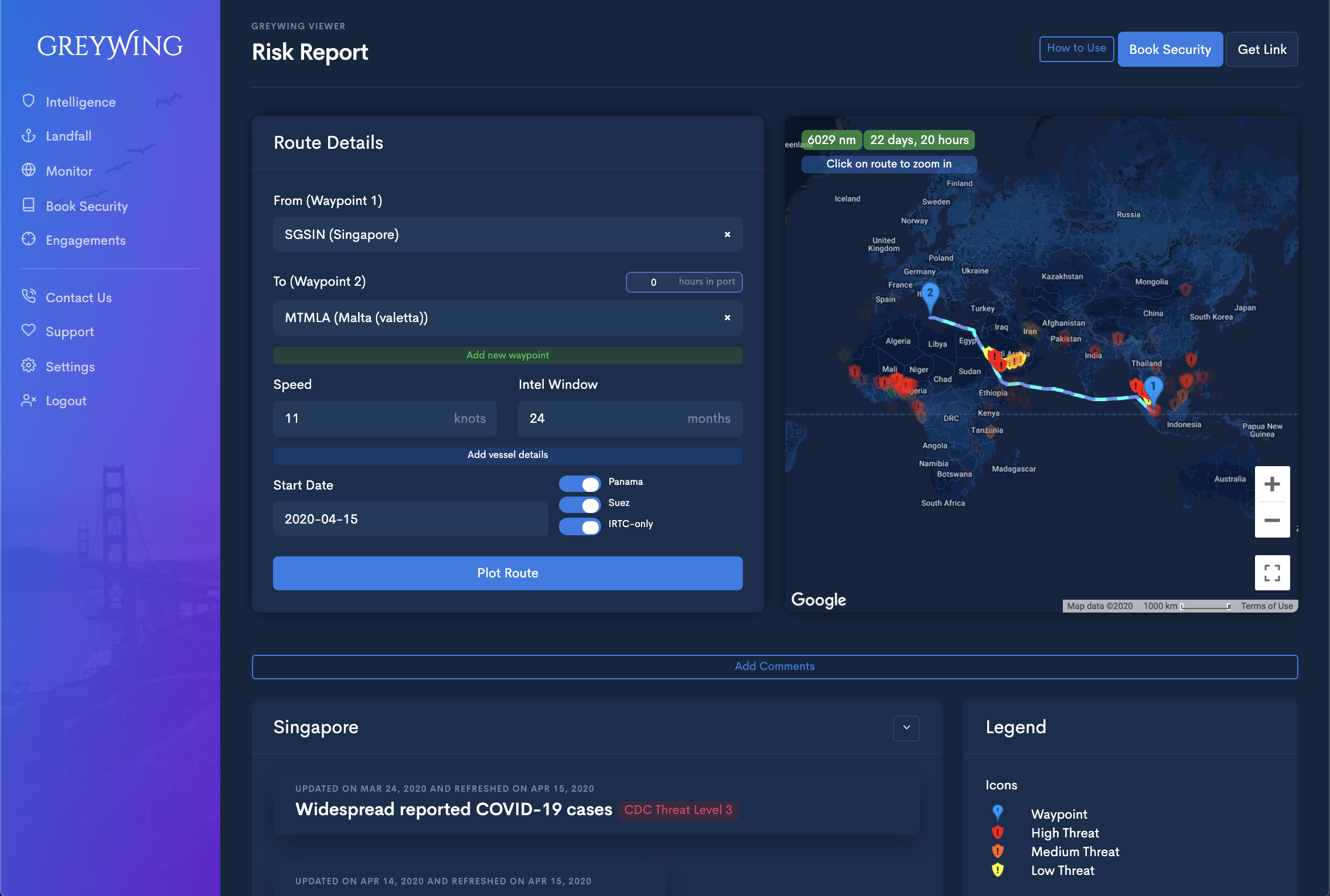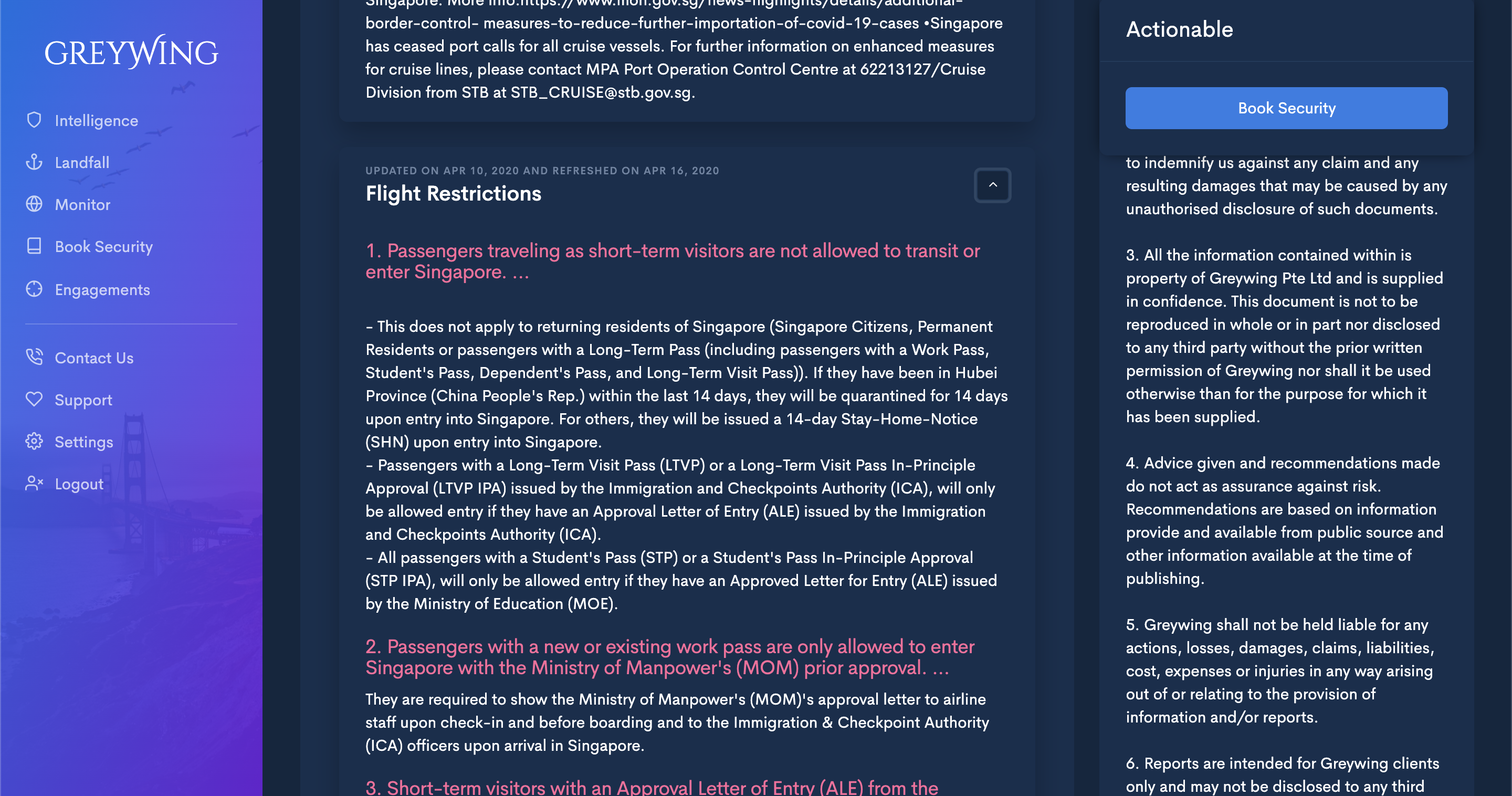News: Blossom Capital lures Alex Lim from Silicon Valley to join the European tech boom
Alex Lim, a British-born VC based in the Bay Area who invested in Hopin, UiPath, Discord, and many other unicorns has decided to up sticks and leave Sand Hill Road behind for Blossom Capital in London. Blossom is fast making a name for itself both in Europe and internationally, having invested in breakout hits like
Alex Lim, a British-born VC based in the Bay Area who invested in Hopin, UiPath, Discord, and many other unicorns has decided to up sticks and leave Sand Hill Road behind for Blossom Capital in London. Blossom is fast making a name for itself both in Europe and internationally, having invested in breakout hits like Tines, Duffel, and Checkout.com.
Lim, the youngest-ever Partner promotion at IVP, leaves after six years to take on the role of Managing Partner at Blossom. Blossom founder Ophelia Brown will remain as Co-Managing Partner.
Despite being born in the UK, Lim has spent his entire adult life in the US, so brings an interesting mix of UK/European culture, combined with West Coast savvy.
“Alex is an exceptional investor and adored by anyone he works with,” said Blossom founder Ophelia Brown. “He builds strong personal connections and is relentlessly committed to founders, which makes him a perfect fit for our team at Blossom. He shares our ethos and approach, which is to put founders at the center of everything we do. Alex brings with him both an incredible level of knowledge and expertise in building technology businesses, as well as a strong network in the US, which our companies will benefit from immensely.”
Lim started his career in investment banking at Credit Suisse, and became IVP’s youngest Partner in its 41-year history.
He told me: “I was promoted last October, to partner. I was the youngest partner in the history of the firm. I’ve been making European investments for a couple of years now, and that’s how I met Ophelia.”
He told me that Blossom would be heading more towards Series A investing in the future: “I think it’s the right strategy for Europe. A European Series A fund is like a very attractive market in my perspective, and it’s a little bit underserved by the venture community. There are great companies out there. Opportunity is very fragmented across cities. So I think there’s a lot of opportunity for our style of investing, getting out on the road and meeting entrepreneurs in person.”
He admitted “it’s a big step to take on a new managing partner. So we’re entering a new chapter.”
He added that Europe is now ripe for bigger companies and investors: “There’s been a big change over the last 12 months. Some of the outcomes that you’ve seen over the last few months have been just on a different level to what the European is experience has been before, with huge companies emerging like UIPath and Wise.”
Blossom Capital has also appointed Tatiana Chopova, formerly of McKinsey and Company, Insead and ALPInvest, as Operating Partner, and Kim Goddard as Talent Partner, following his roles in talent acquisition at NuBank, Atlassian and Funding Circle.









